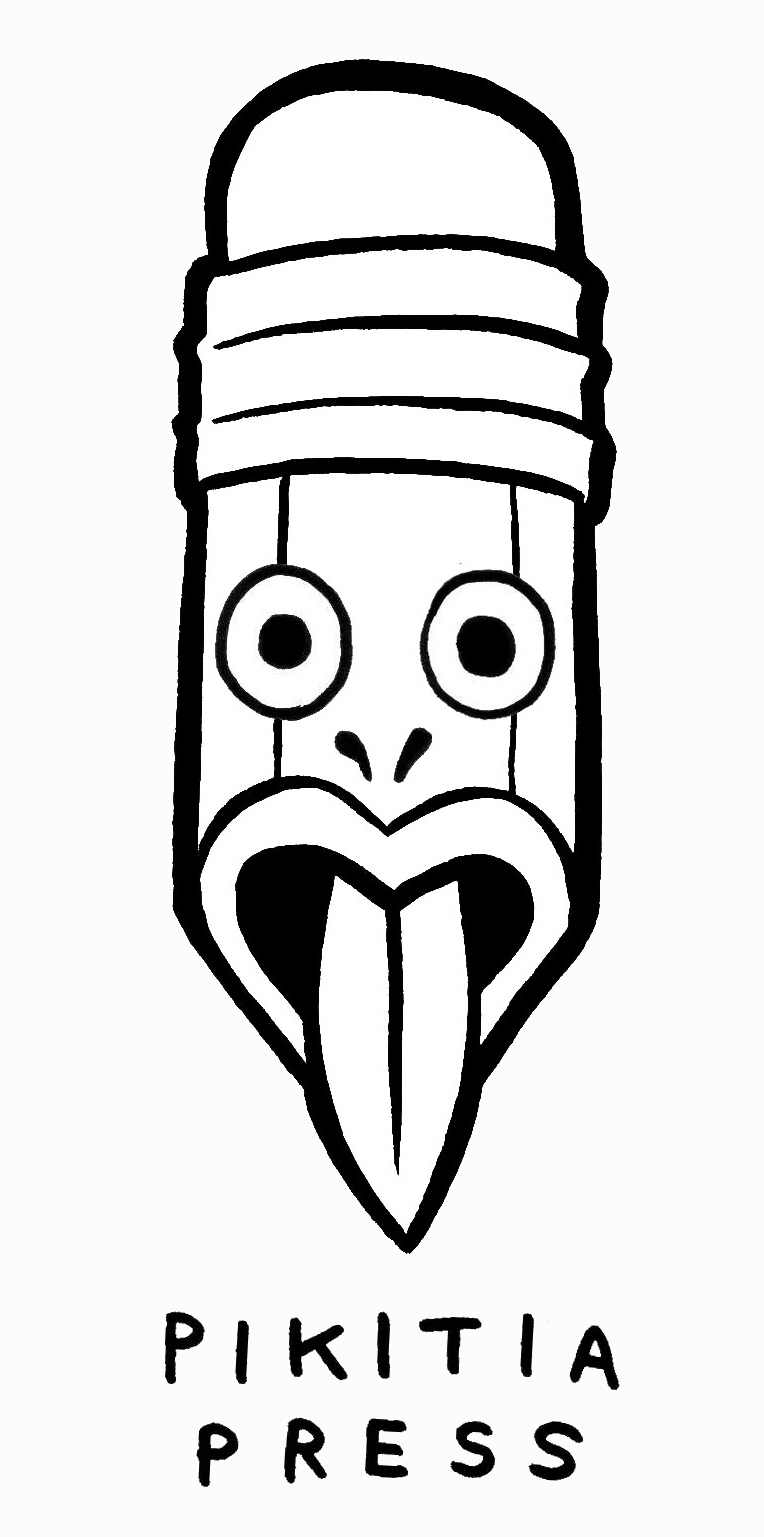Big thanks to all the folk who have pre-ordered #takedown - My evening on a pier with pick up artists and protesters by David Blumenstein. David's comic is at the printers right now and we'll start mailing out pre-orders over the weekend.
If you havn't pre-ordered yet, get on it now! Take advantage of our pre-order $2 postage to anywhere in the world! Here it is!
Here's that spiel one more time,
What are pick-up artists really like?
Cartoonist David Blumenstein wanted to know. In signing up for a free seminar with International Pick-up artist(PUA) Instructor Julien Blanc, David found himself witness to one of the most successful anti-PUA campaigns launched by the feminist community, a campaign that rallied behind the catch-cry #takedownjulienblanc.
This playfully drawn true account of one evening introduces you to the people on both sides of the protest line.
David Blumenstein is an award-winning cartoonist who has drawn comics for Guardian Australia, Crikey, Junkee and Australian MAD Magazine. He and his cartoonist wife, Sarah, are co-founders of Squishface Studio, an open comic artists' studio in Brunswick, Victoria which you can visit most days of the week, and which holds events and classes for kids and adults.








































